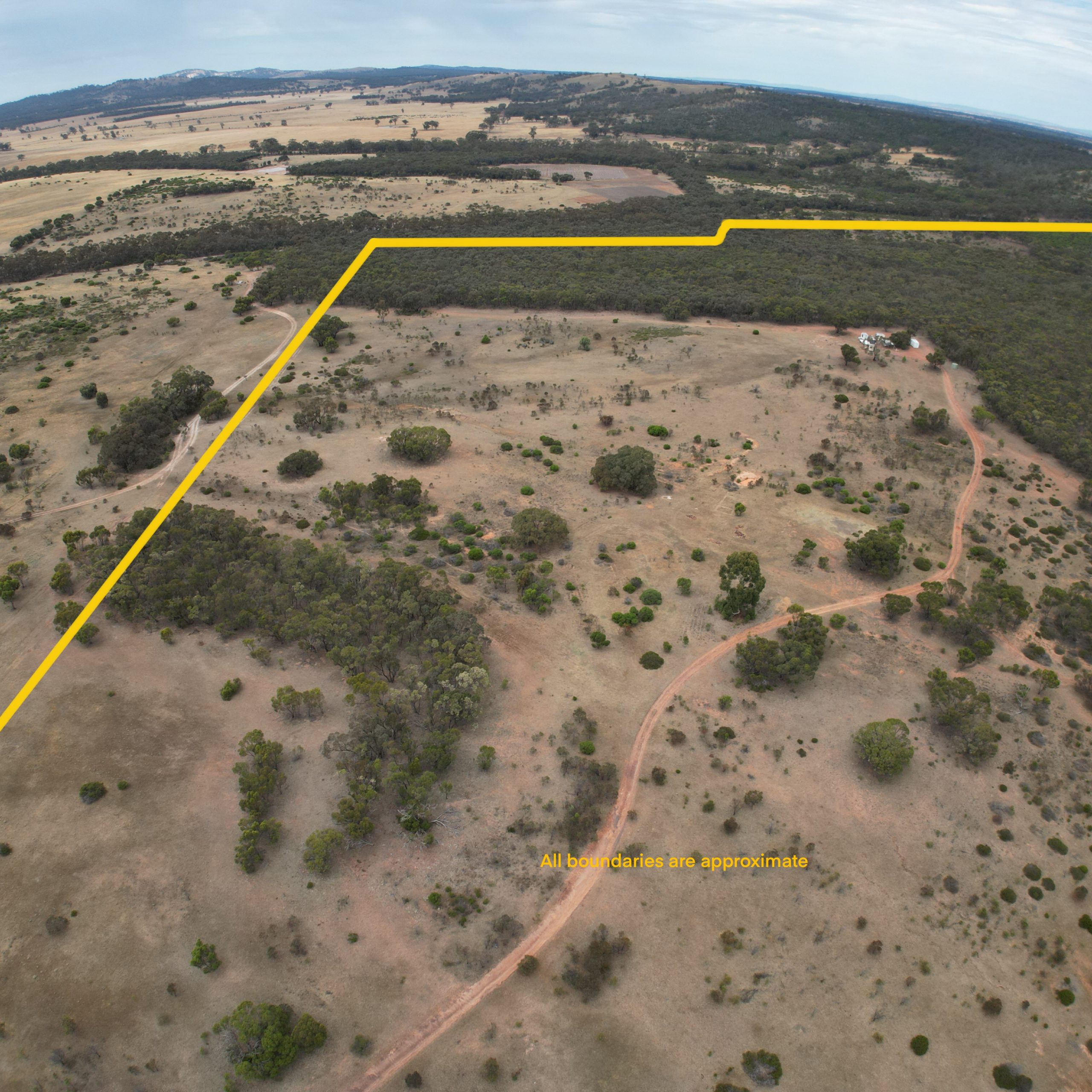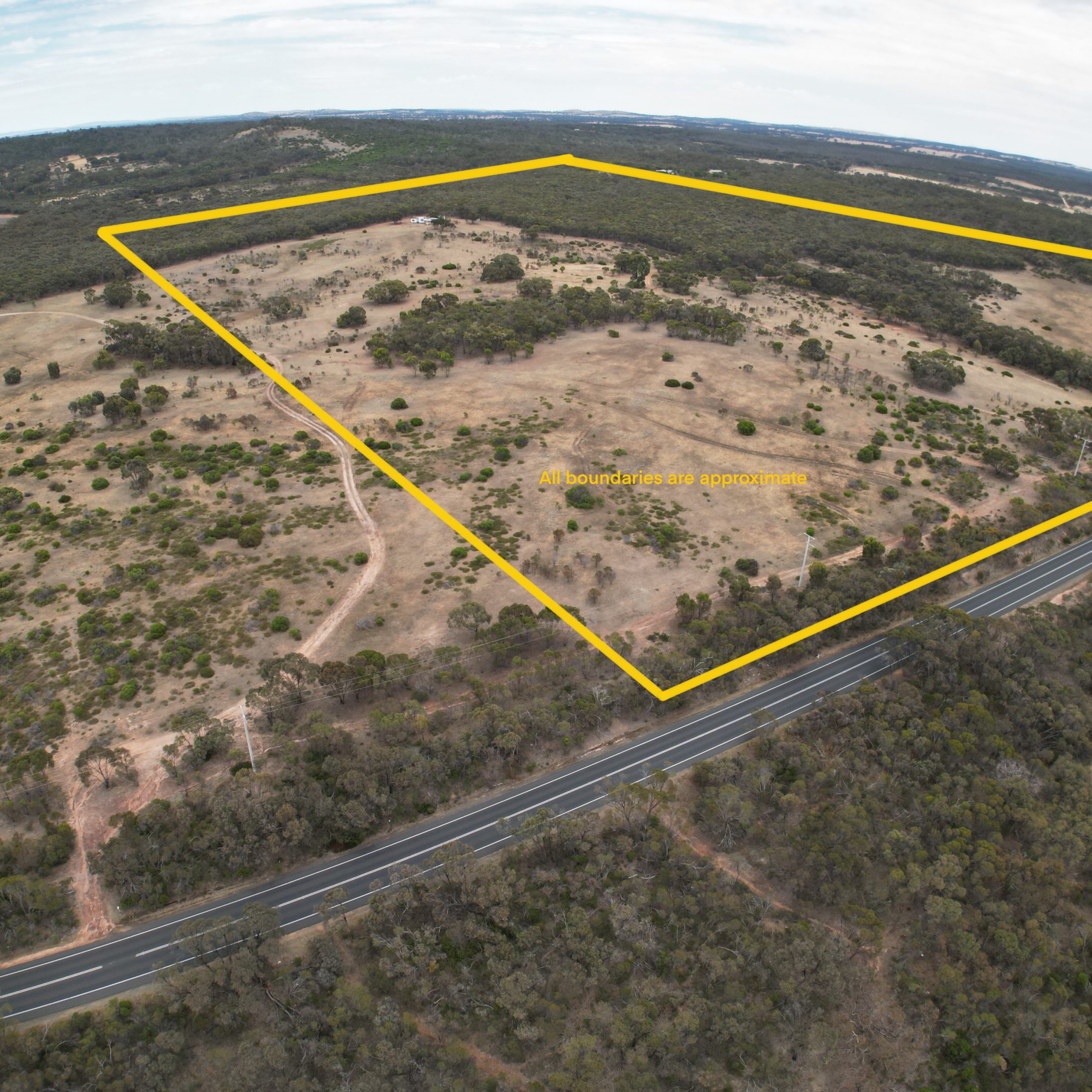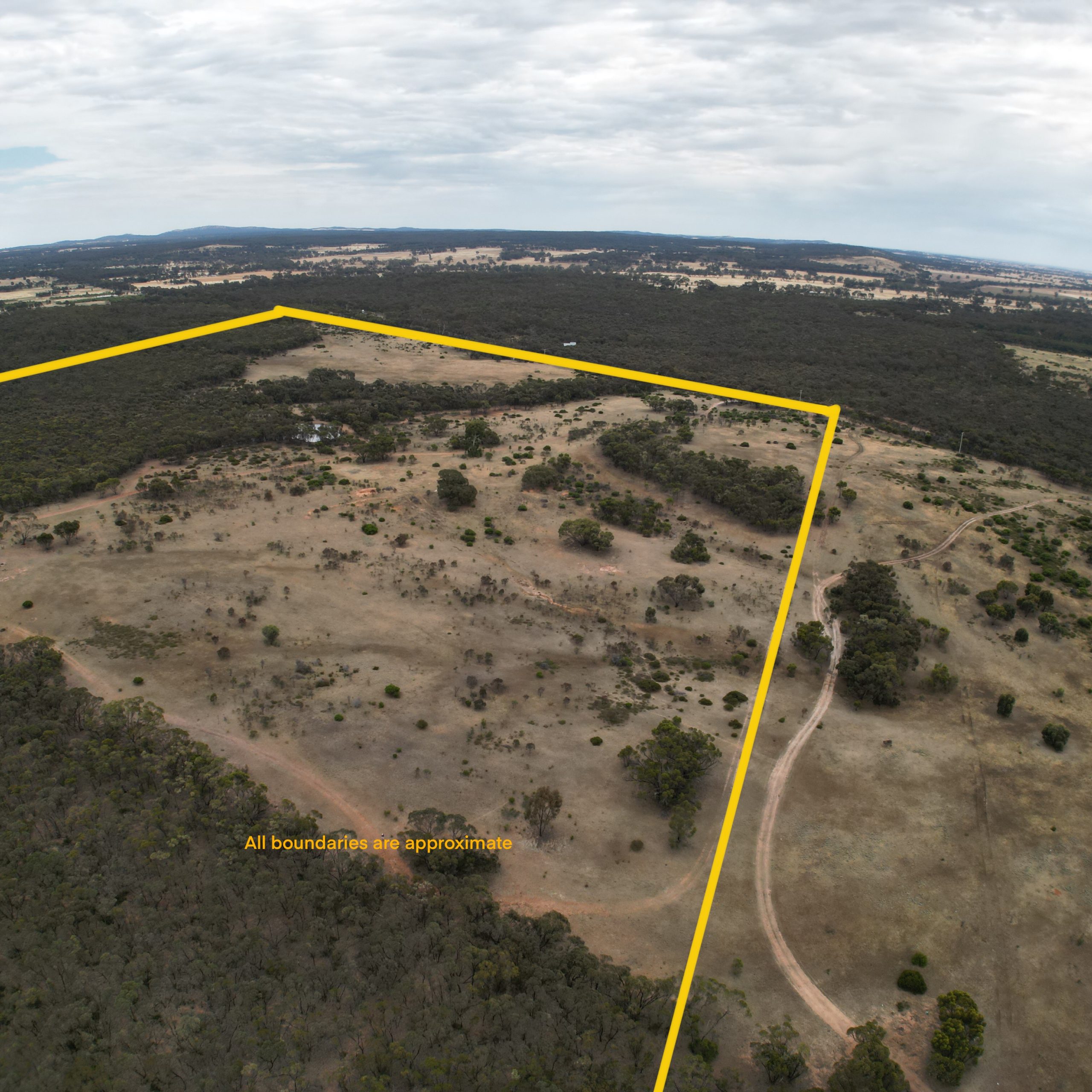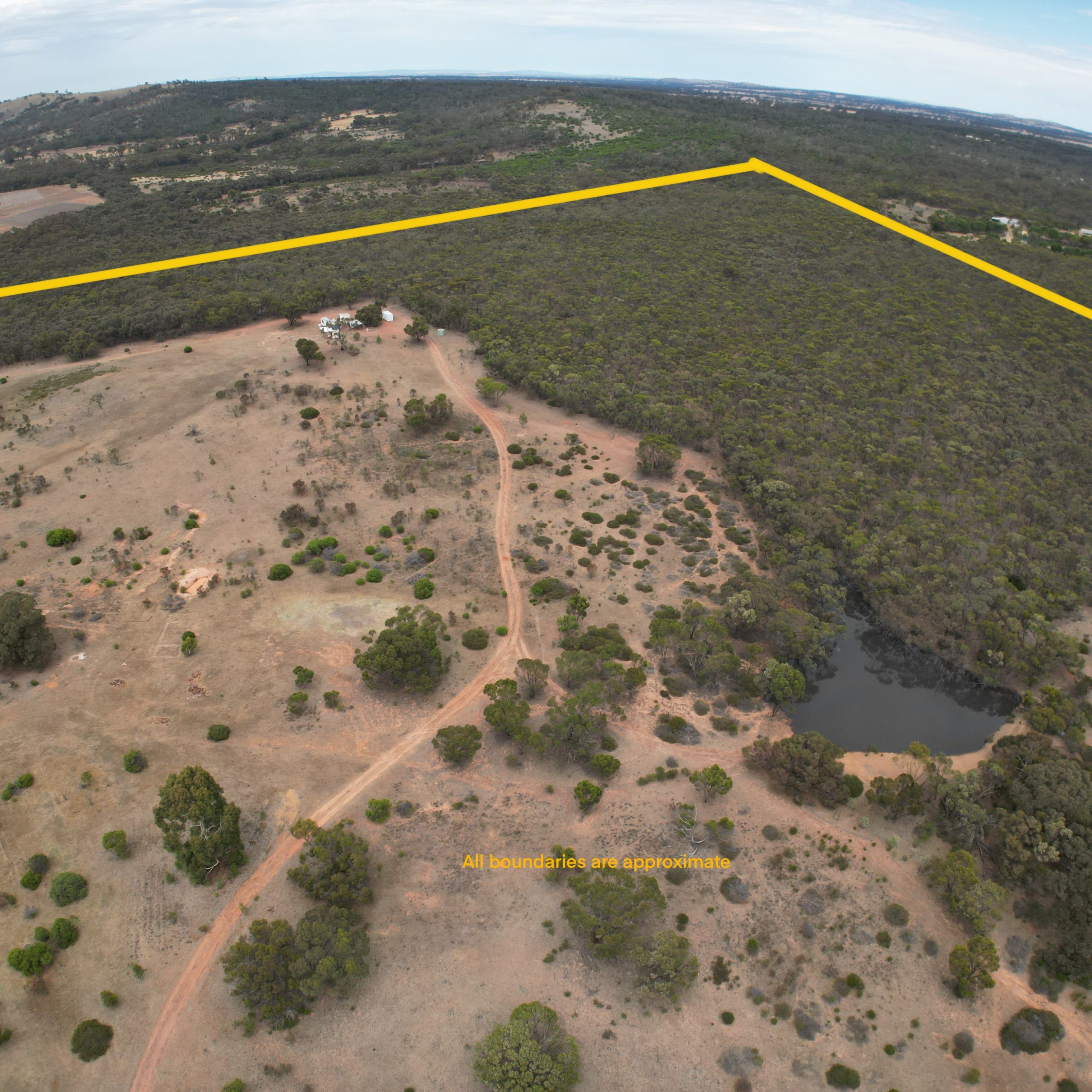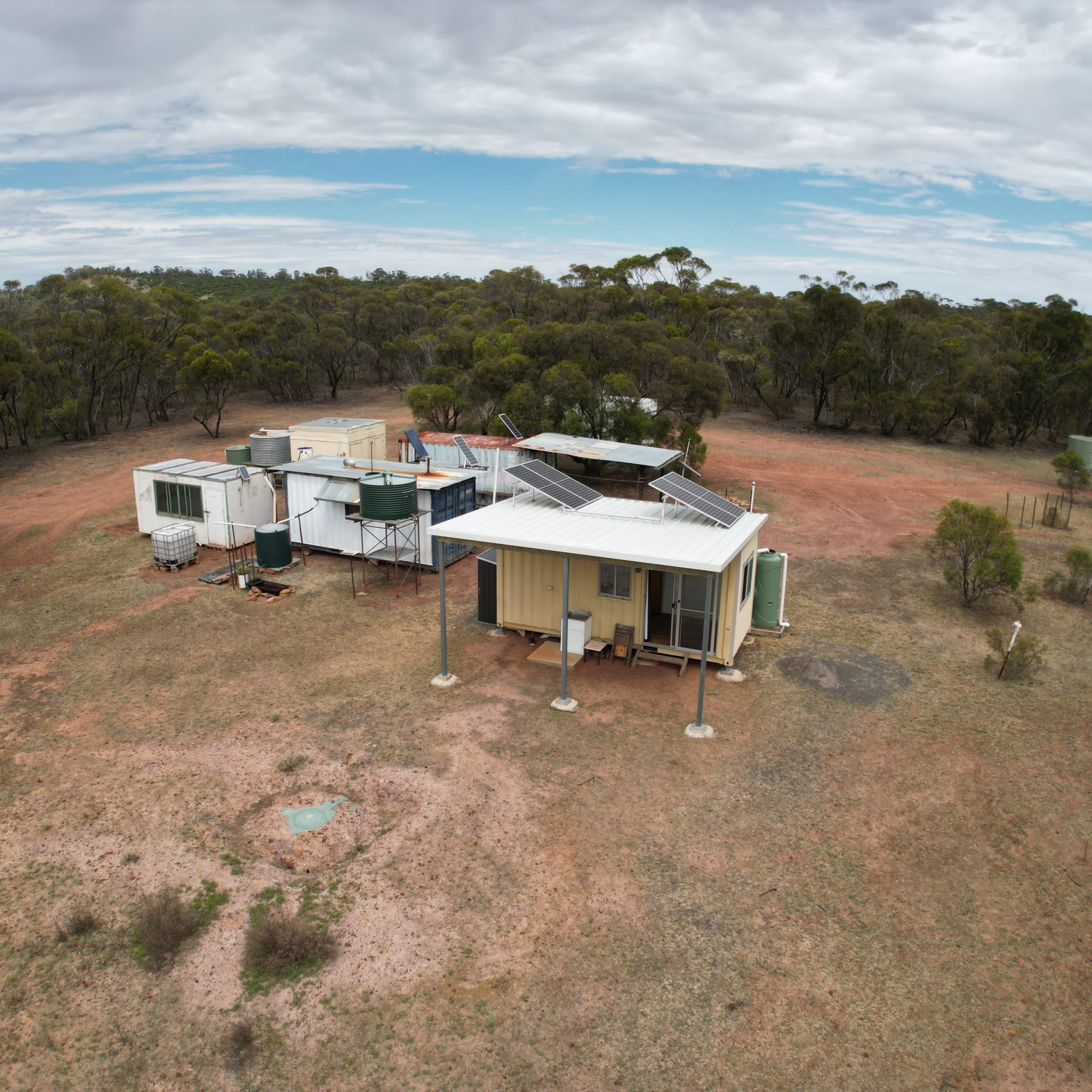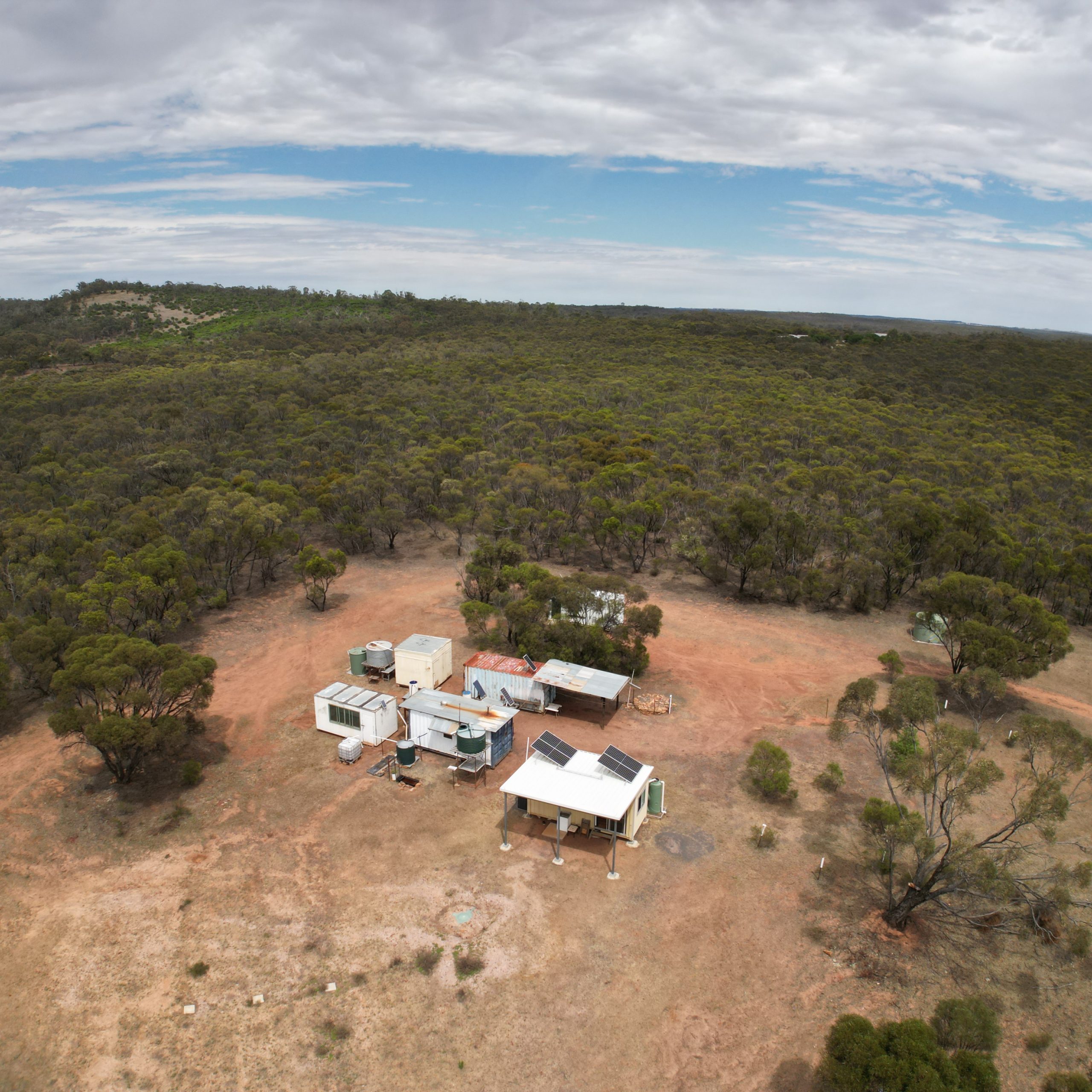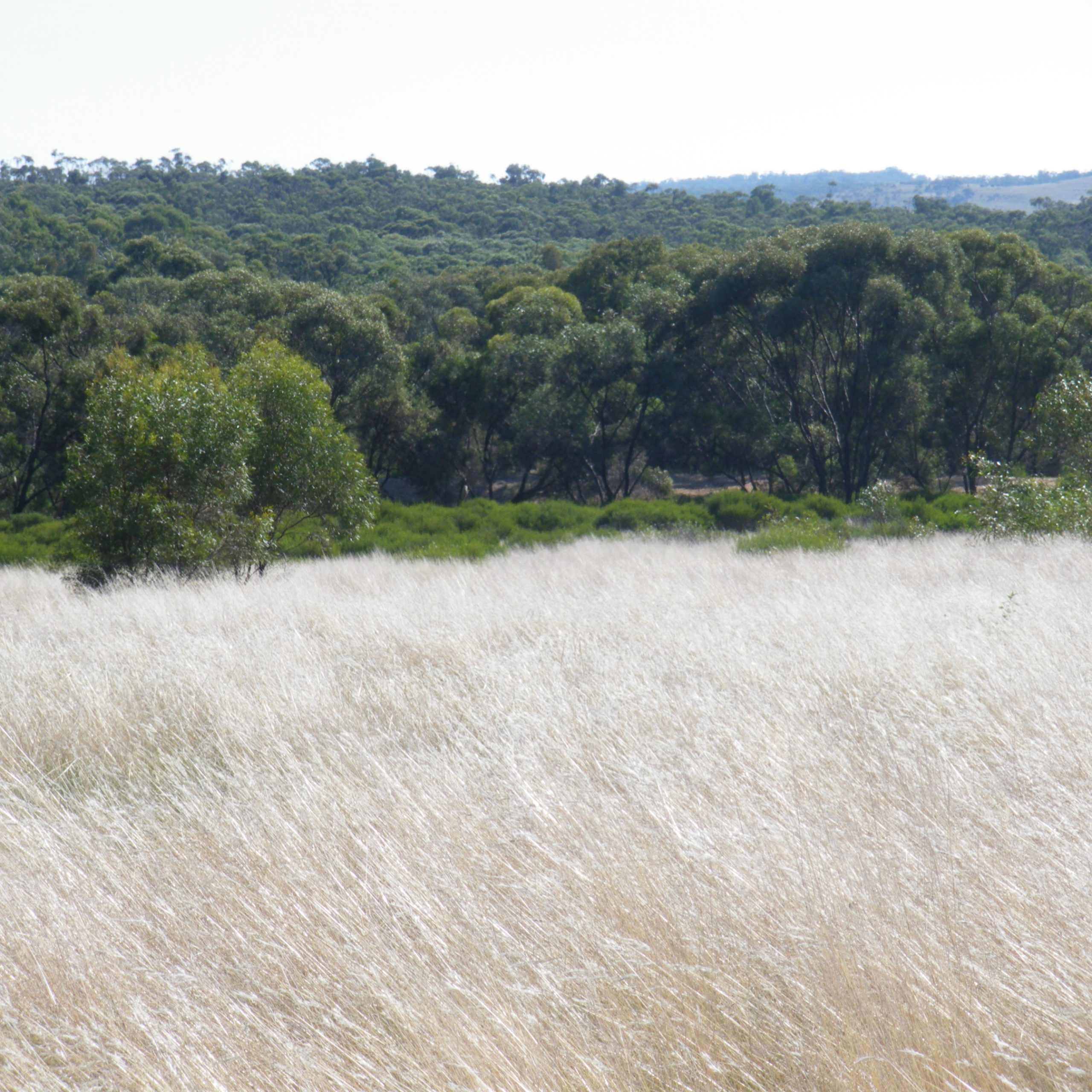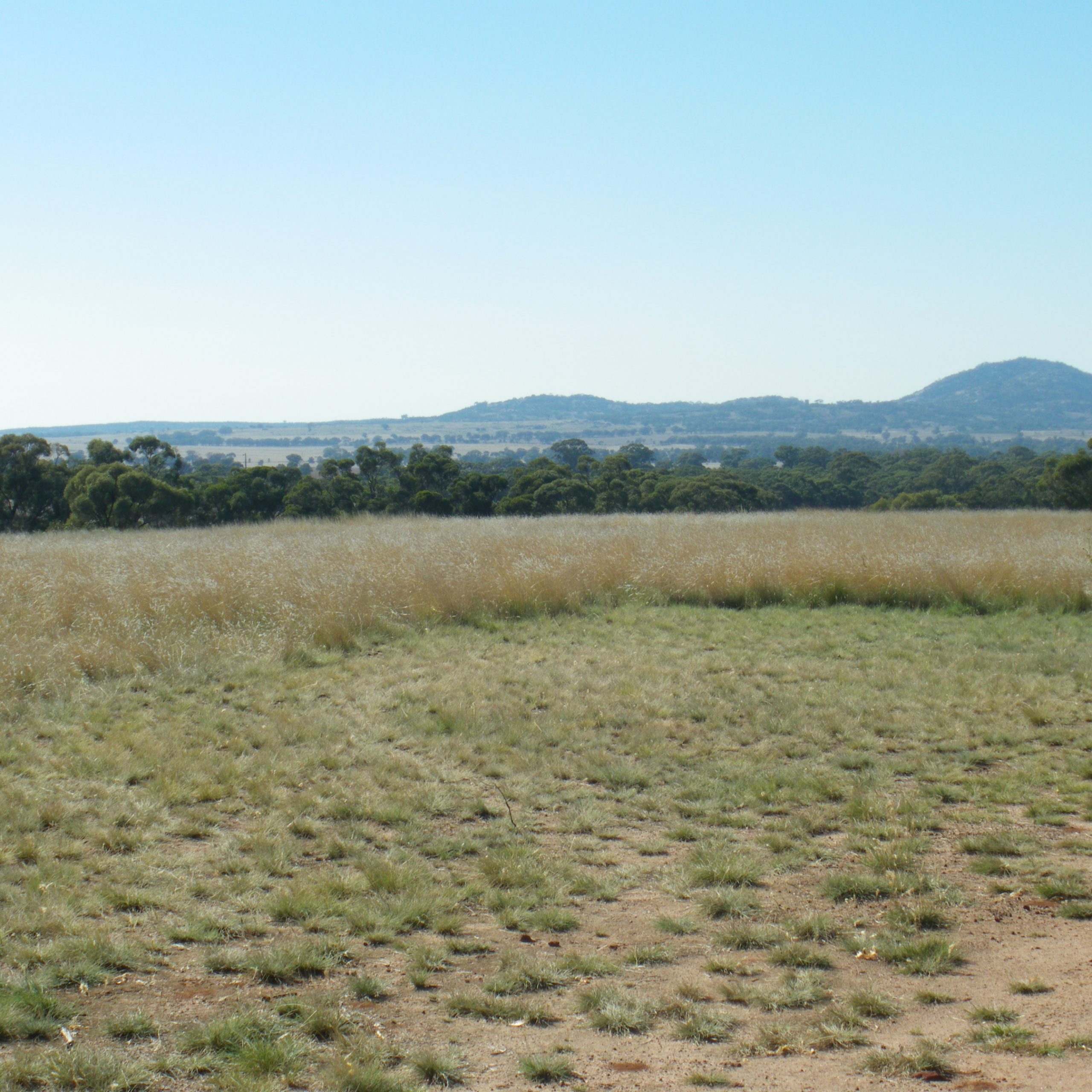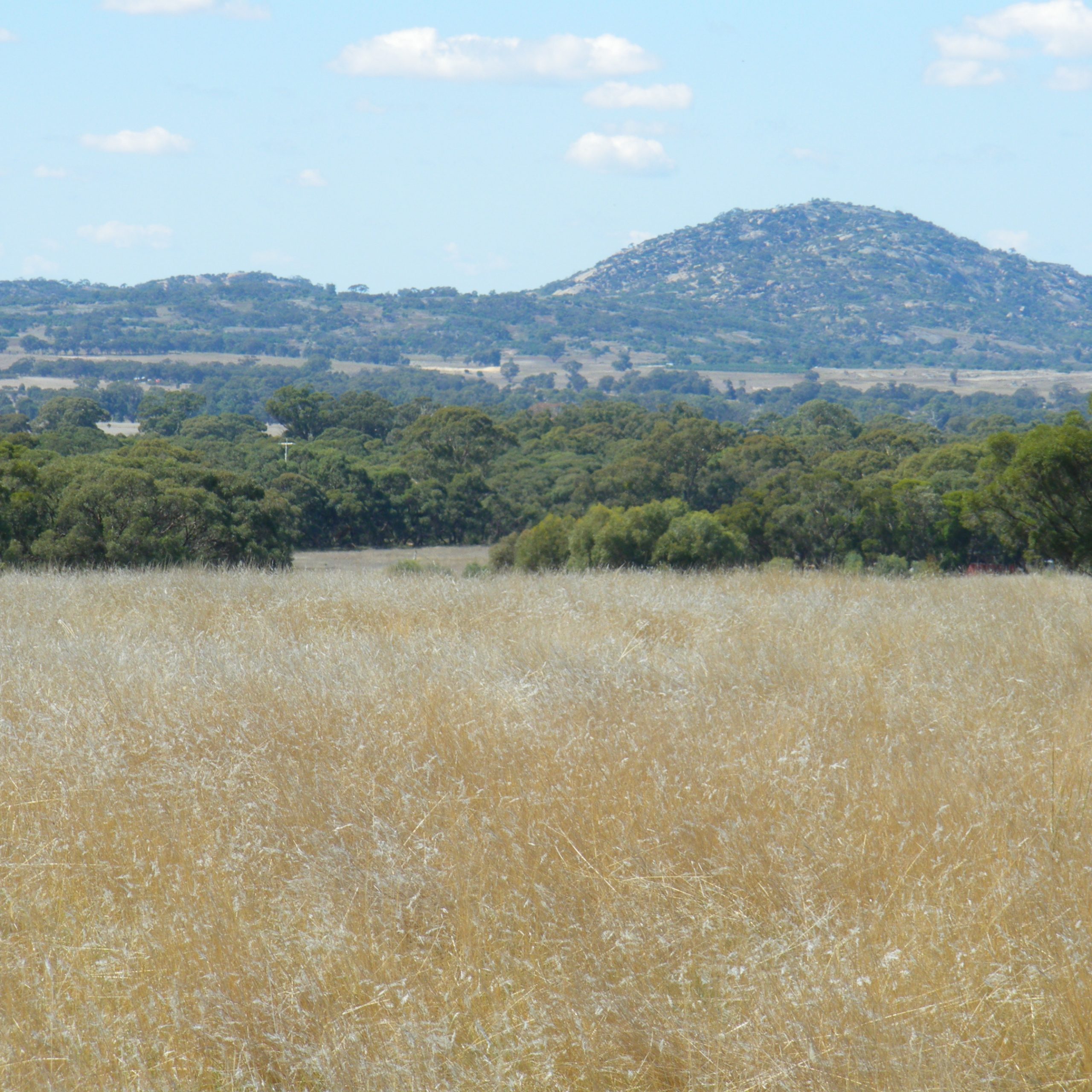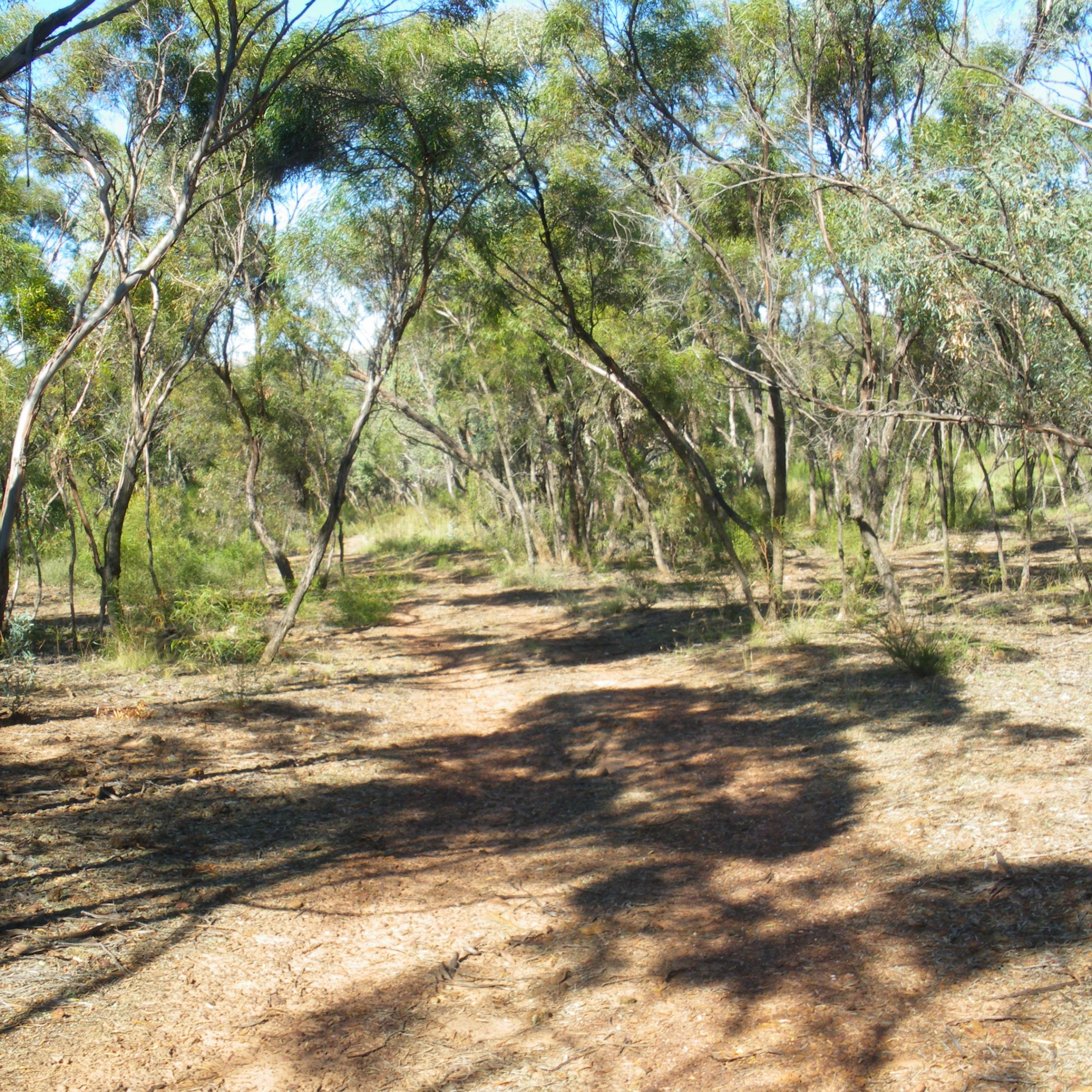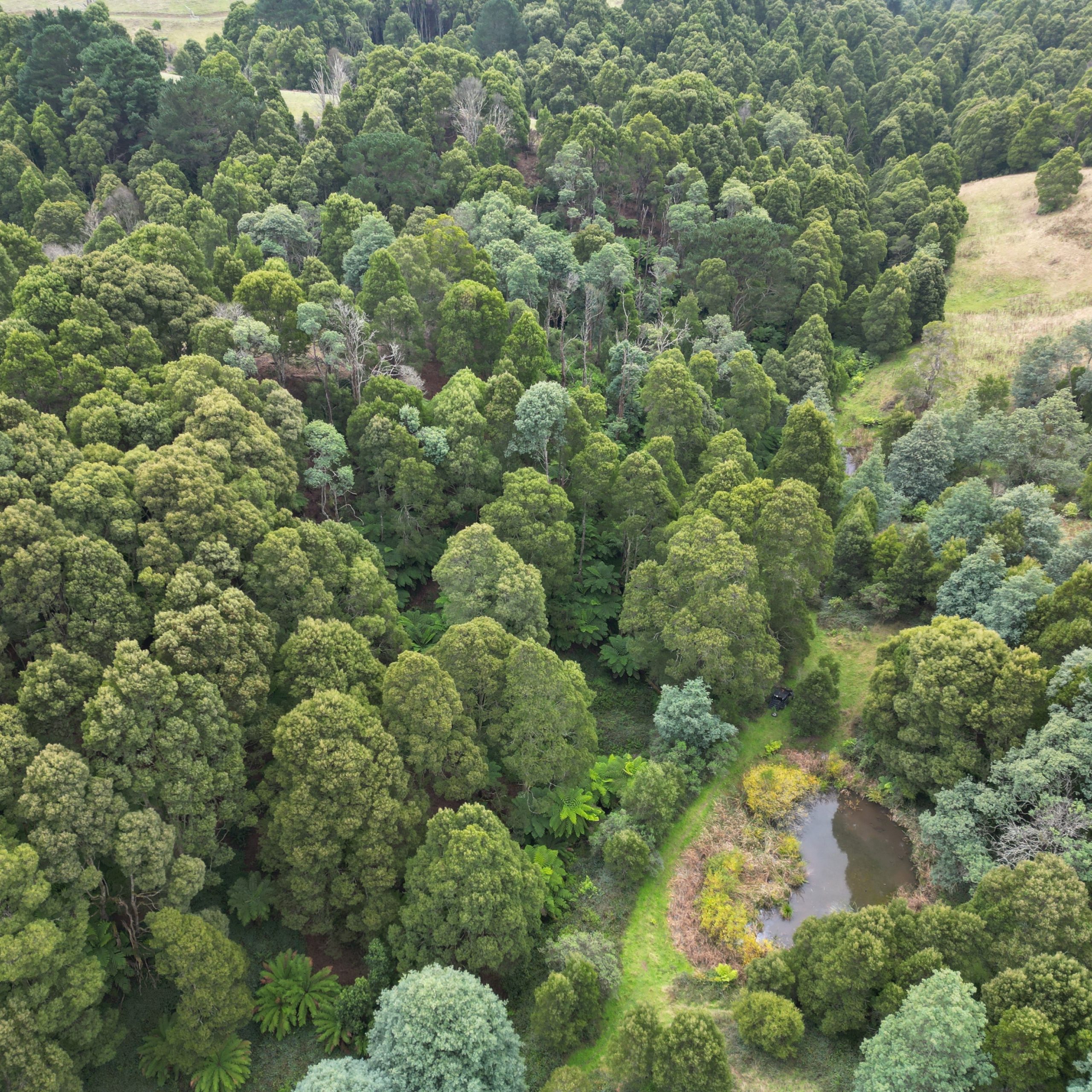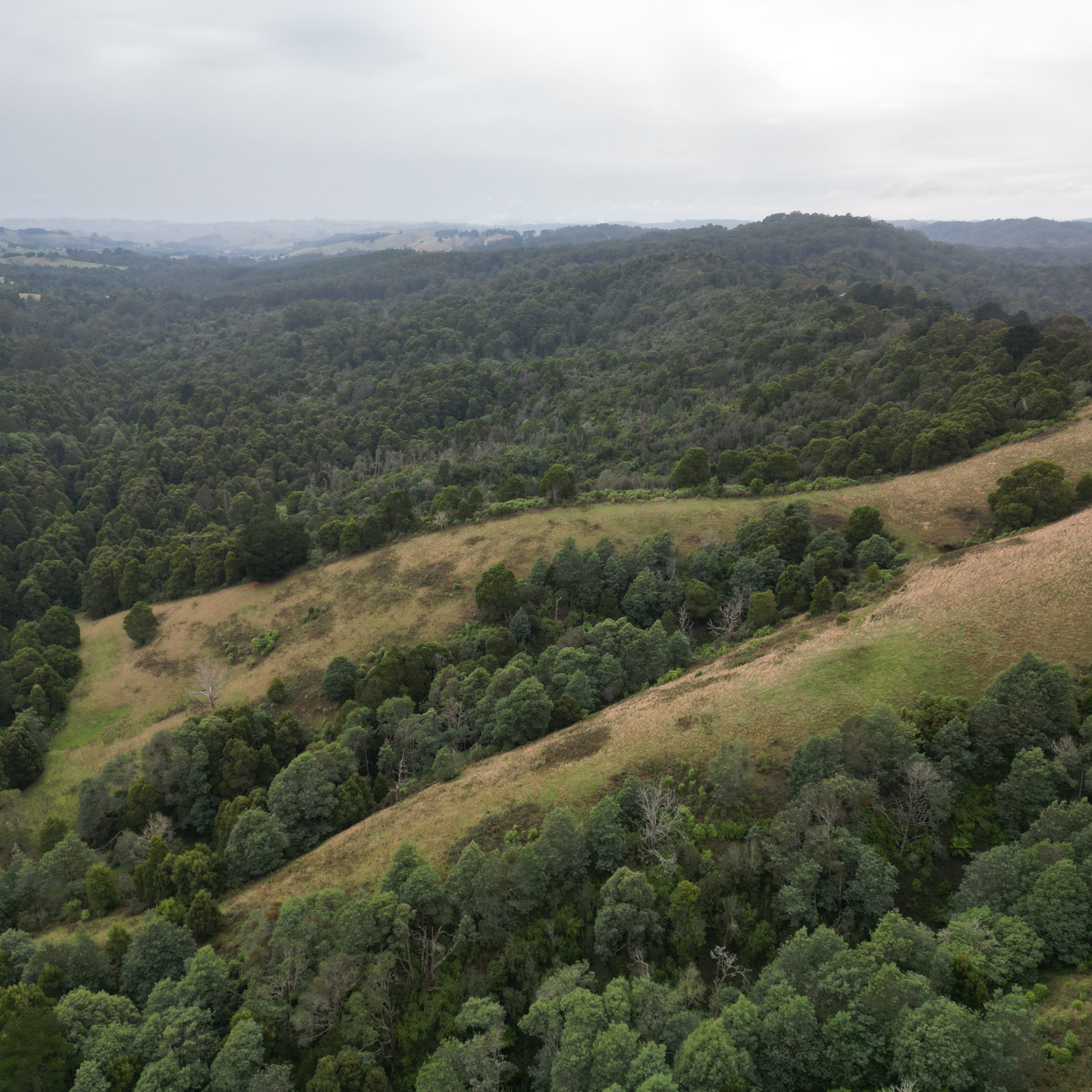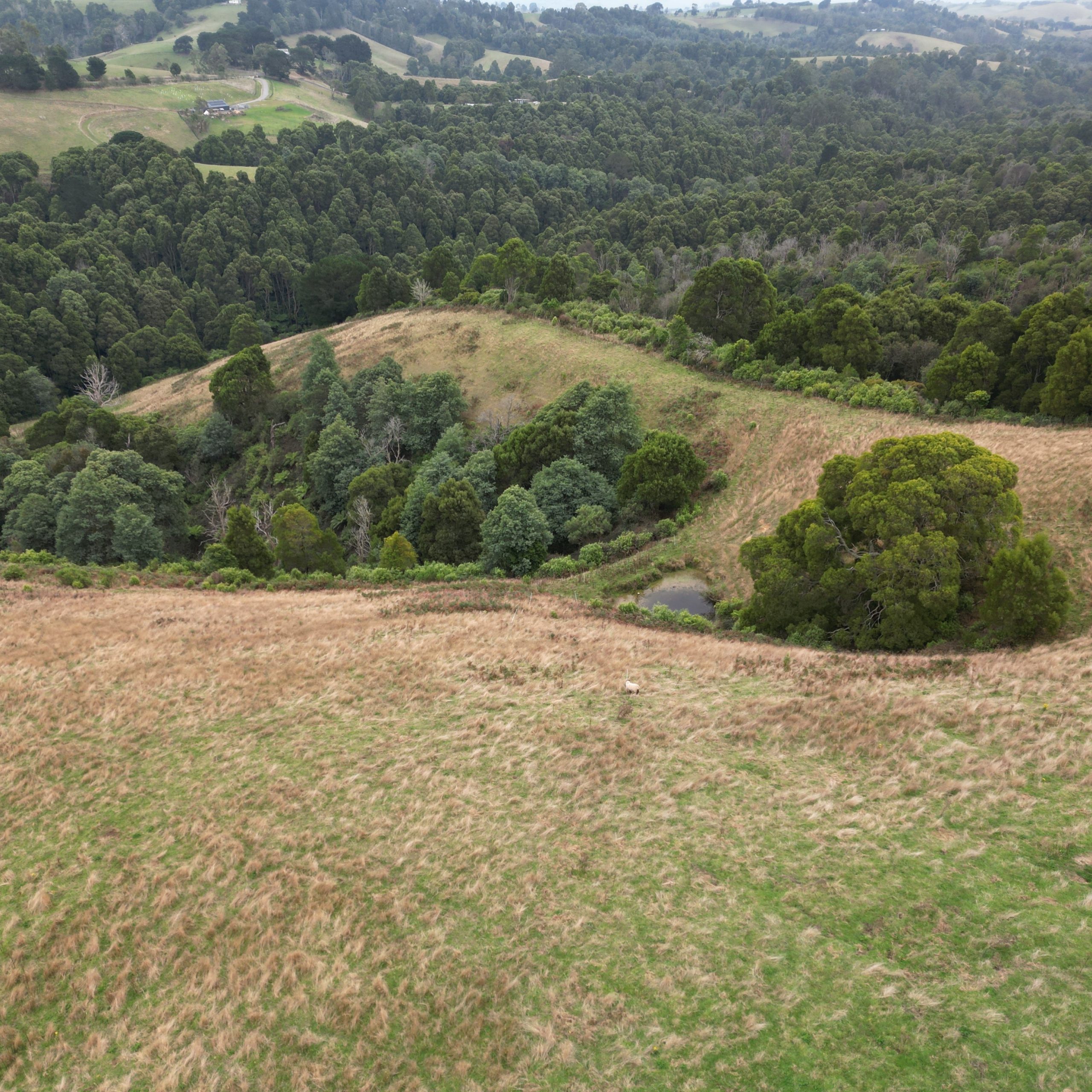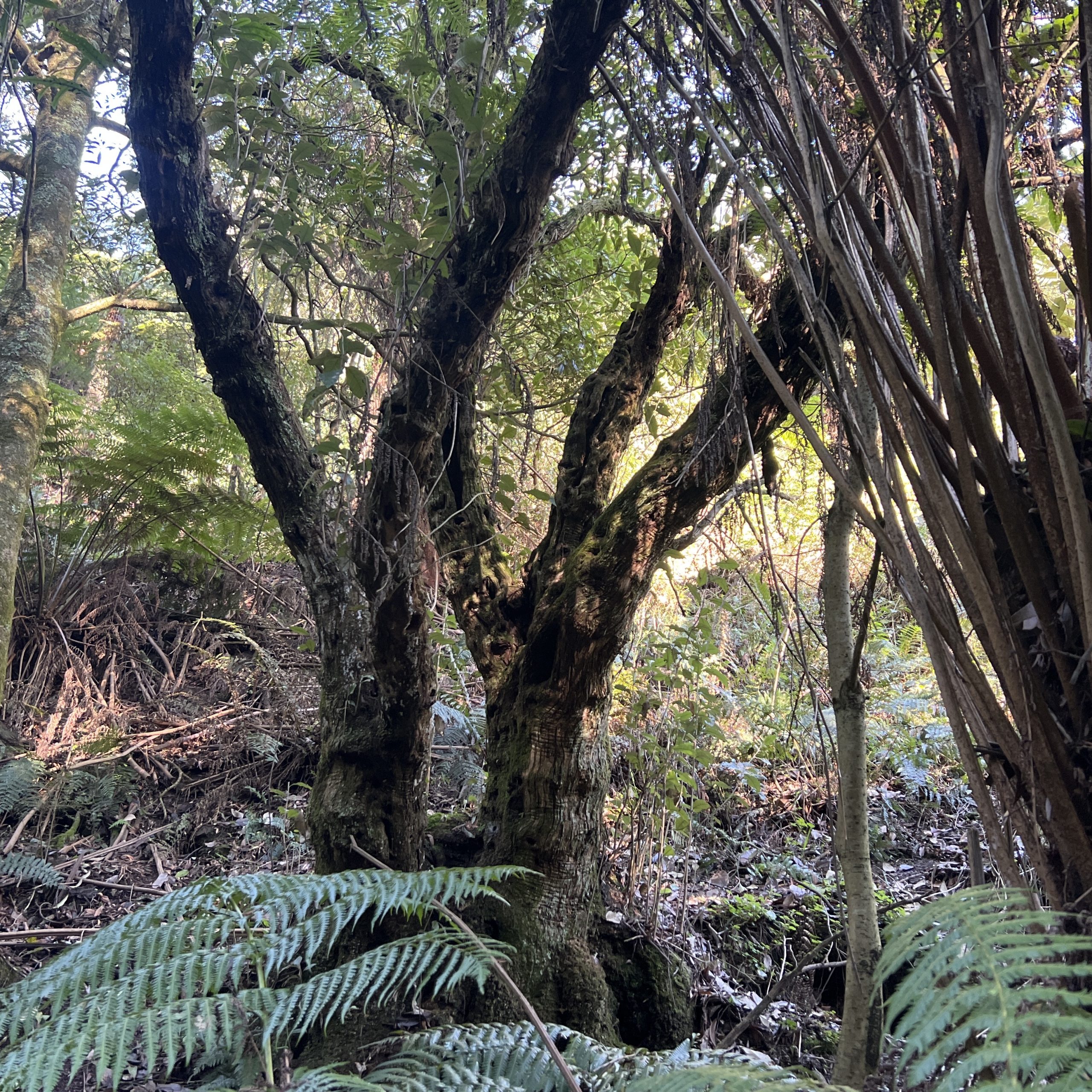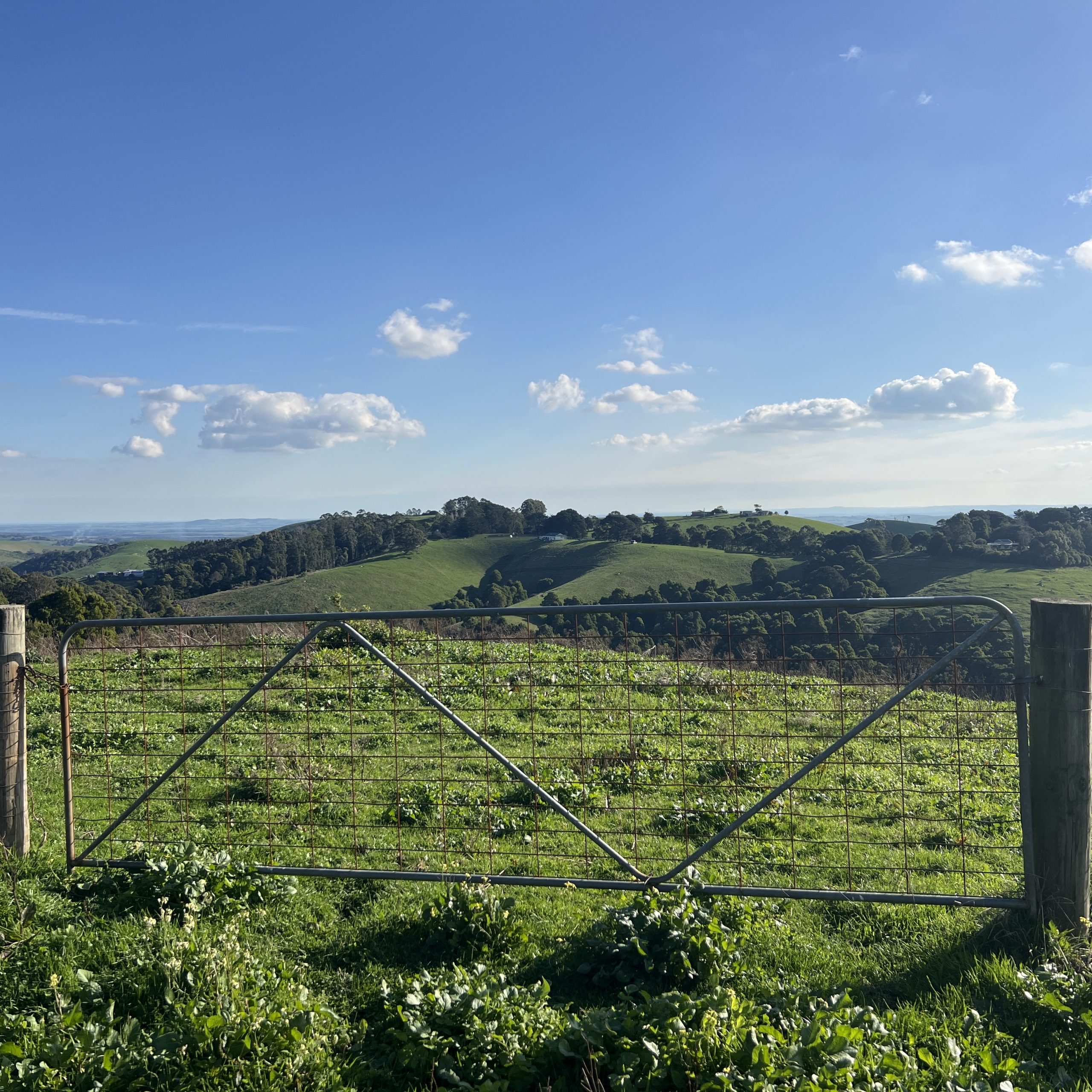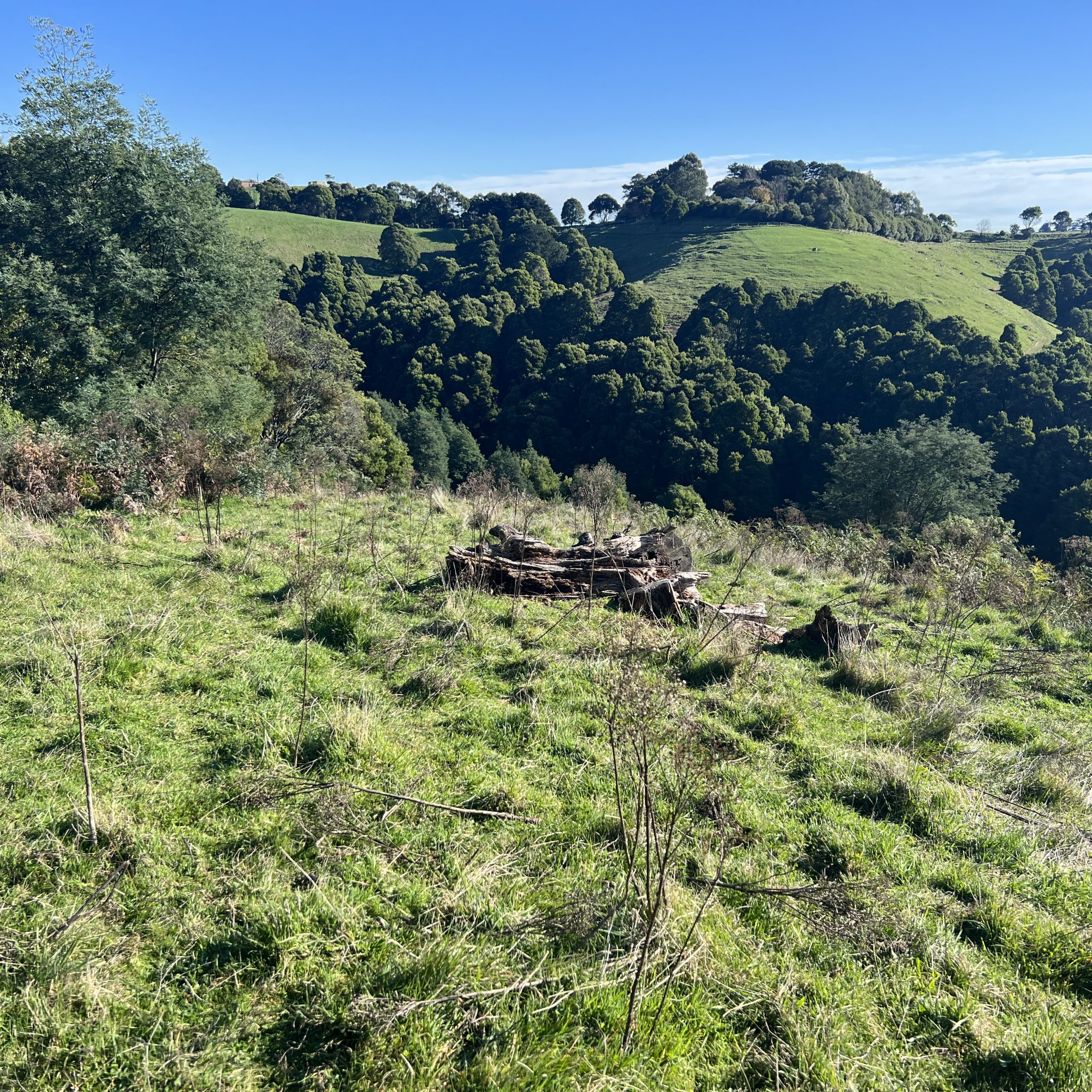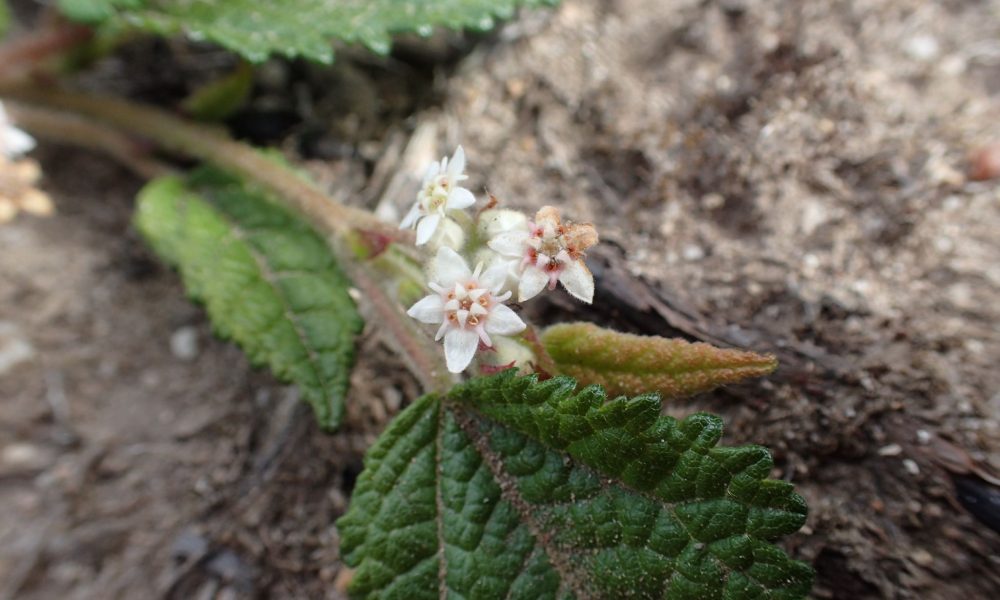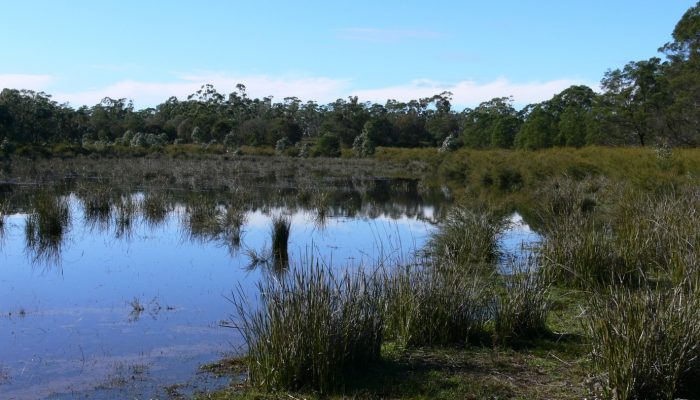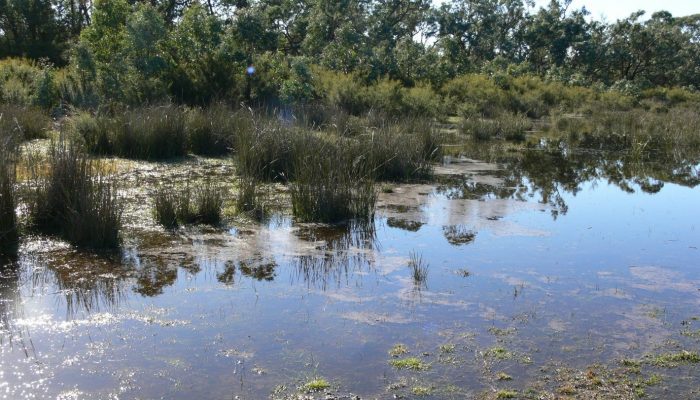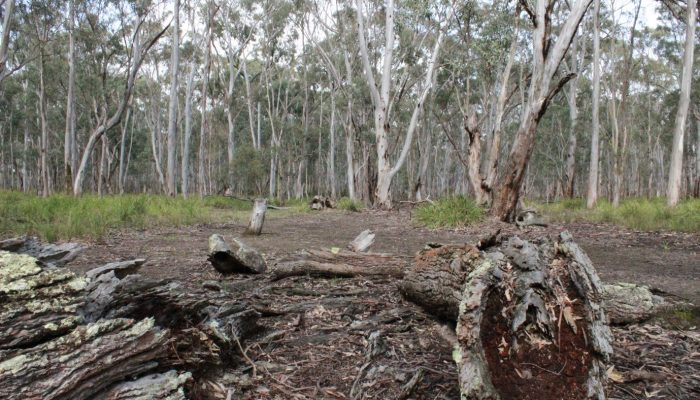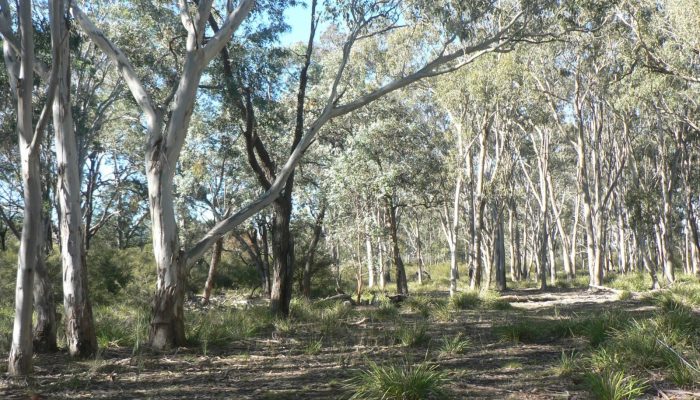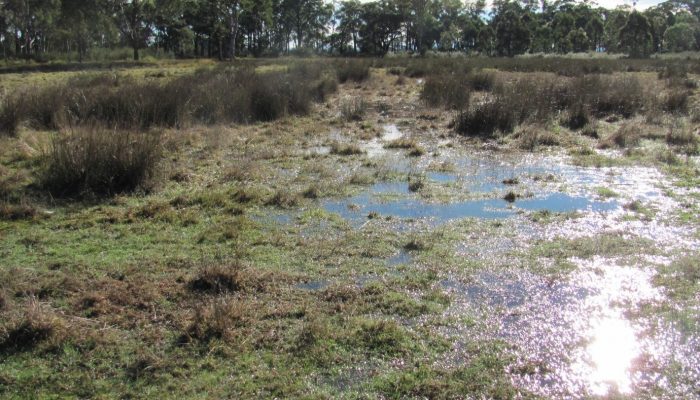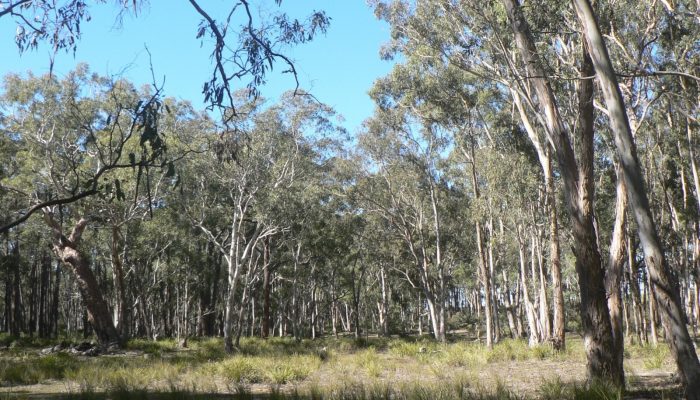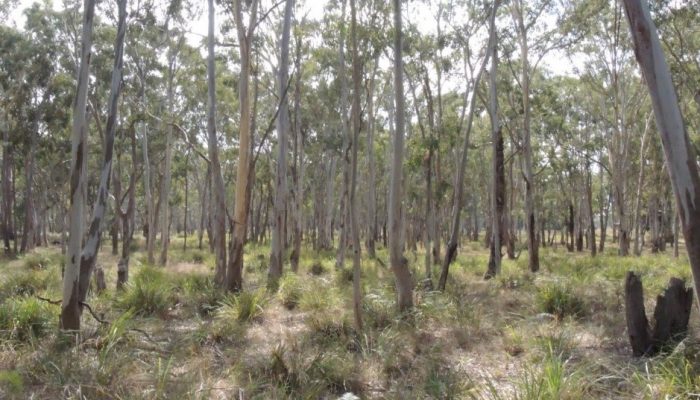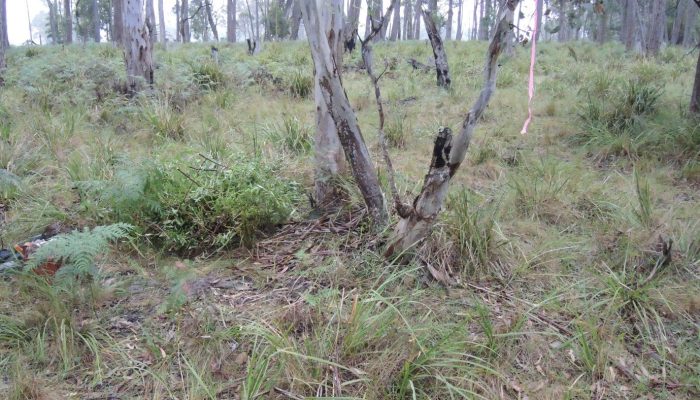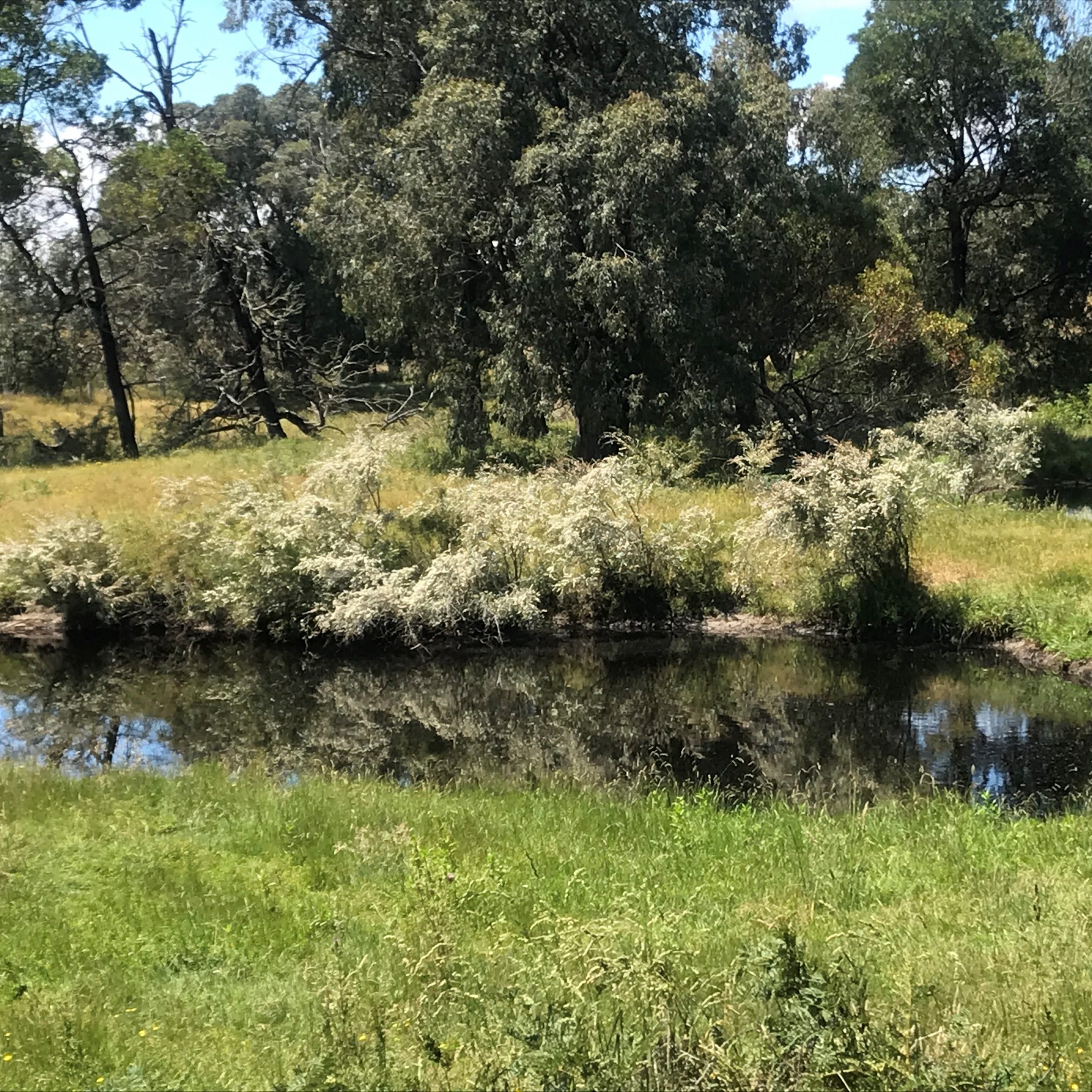Conservation property for sale
Infinity, Wedderburn
Infinity
An expansive parcel of land of approximately 56ha with sweeping views of Mt Korong and the surrounds. Set in the historic goldfields area of Wedderburn and close to other delightful country towns.
There is a self-contained, solar-powered container (with kitchenette and bathroom) and other out-buildings on the property.
Superb opportunity to build your dream house (STCA) close to nature.
The subject property is situated approximately 216km northwest of Melbourne and 74km northwest of Bendigo.
Please note that a Trust for Nature conservation covenant will be placed on the property title.
Address: 6803 Calder Highway, Wedderburn
Region: Goldfields
Size: 56 ha (approx)
Price: $495,000
Contact: Michael Fry, 0418 107 413, (03) 9631 5888 or revolvingfund@tfn.org.au
Conservation values
The property holds unique and varied biodiversity, and has potential for further regeneration and restoration efforts (which have already been started by the previous owner). This covenant supports approximately 10 ha of very high-quality Sandstone Ridge Shrubland dominated by Green Mallee. The understory shrub layer is extremely biodiverse in the higher quality vegetation components.
This covenant is also part of a bushland fragment surrounded by a largely cleared landscape, therefore providing important conservation value in an otherwise largely unprotected area. Threatened fauna records within 1 km of the property include Brown Treecreeper and Royal Spoonbill. Threatened flora records within 1 km of the property include Velvet Daisy Bush, Club-hair New Holland Daisy, Blue Mallee, Buloke, and Deane’s Wattle.
